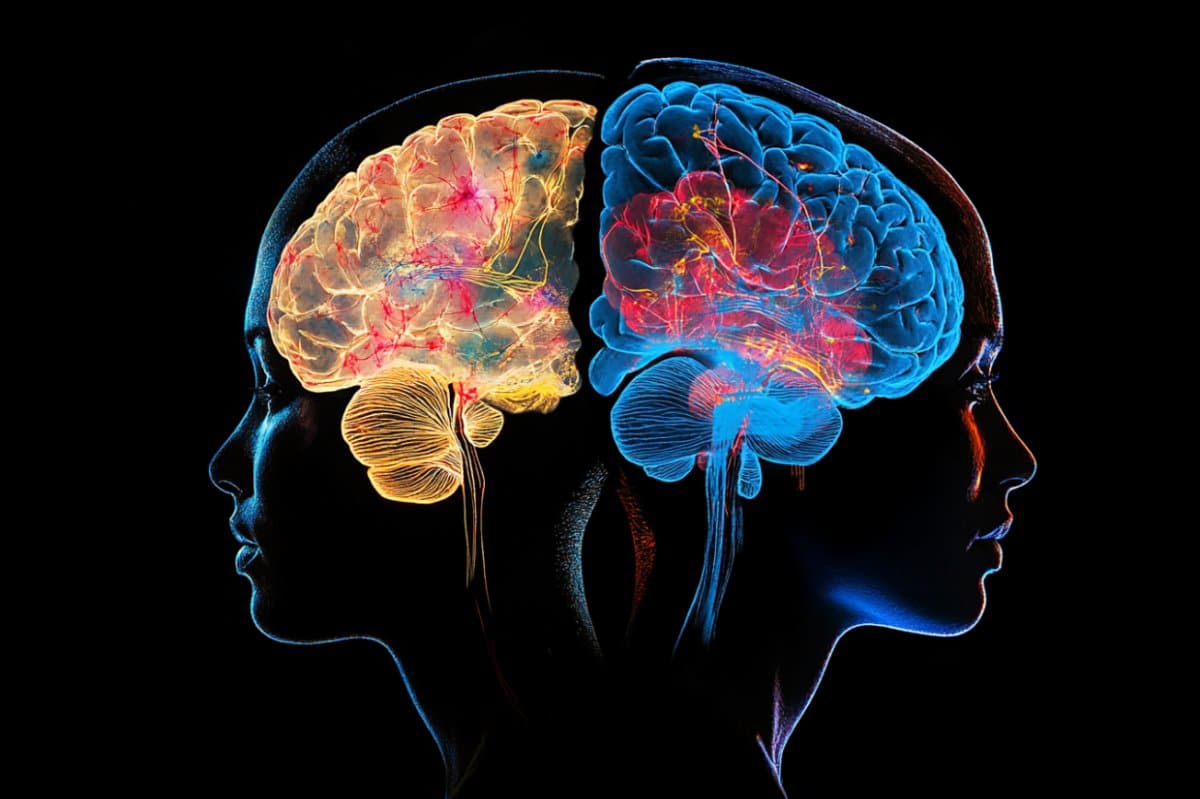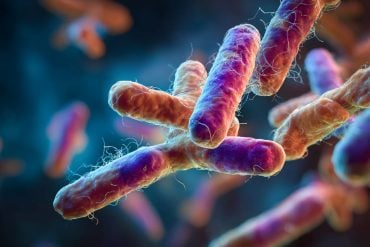Summary: A newly identified biomarker, an enlarged salience network in the brain, could dramatically change how depression is detected and treated. This network, responsible for regulating attention and switching between mental states, was found to be consistently larger in people with depression, regardless of symptom severity or treatment history.
Crucially, the expansion appears to predate the onset of symptoms, offering hope for early identification and intervention. Researchers propose that genetic predisposition, compensatory activity, or relative regional atrophy may underlie this expansion, with wide-reaching implications for future treatment strategies.
Key Facts:
- Stable Neural Signature: Enlarged salience network appears before depressive symptoms and persists regardless of treatment.
- Early Detection Potential: Could allow pre-symptomatic identification of individuals at risk for depression.
- New Treatment Lens: Supports rethinking depression as a disorder of network connectivity, not just neurotransmitter imbalance.
Source: Genomic Press
In a comprehensive Commentary published today, researchers have identified what could be the first reliable biomarker for depression risk, potentially transforming how this devastating condition is identified and treated.
The commentary examines recent findings demonstrating that individuals with depression consistently exhibit a functionally enlarged salience network compared to non-depressed controls.
Credit: Neuroscience News
Distinctive Brain Connectivity Pattern Identified
The salience network, a neural system responsible for attention allocation and switching between different brain networks, appears to be functionally twice as large in people with depression as in those without the condition.
This finding, highlighted in the commentary by researchers at the University of Ottawa and the University of California San Francisco, builds upon groundbreaking research published in Nature by Lynch et al.
“What makes this discovery so significant is that the expanded salience network predates the onset of depressive symptoms and remains stable regardless of symptom severity or treatment interventions,” explained Dr. Nicholas Fabiano, co-author of the commentary from the University of Ottawa’s Department of Psychiatry.
“We’re potentially looking at a distinctive neural signature that could identify individuals at risk for depression before they experience symptoms.”
This characteristic brain connectivity pattern was observed consistently across individuals with depression, suggesting its potential as a depression biomarker.
The salience network, comprising the fronto-insular cortex, dorsal anterior cingulate cortex, amygdala, and temporal poles, plays a crucial role in reward processing and regulating the switch between the default mode network and frontoparietal network.
Potential for Early Identification and Intervention
Depression affects millions worldwide, yet remains poorly diagnosed and predicted despite significant advances in mental health awareness. The World Health Organization identifies depression as a leading cause of disability globally, with many cases going undiagnosed until symptoms become severe.
The commentary authors highlight how this biomarker could transform depression management.
“By identifying those at risk before they experience the full impact of depression, we can intervene earlier, leading to lasting improvements in their quality of life,” noted Katerina Palacek from the University of Ottawa’s Faculty of Medicine.
Early detection has been proven to support remission in those with depressive symptoms and decrease the likelihood of progression to treatment resistance. This could ultimately lessen the chances of relapse, shorter periods of remission, and longer depressive episodes.
What factors might trigger an expanded salience network in those predisposed to depression? Does this pattern appear in other mental health conditions with overlapping symptoms?
These questions represent important next steps for researchers in understanding the implications of this discovery.
Understanding Mechanisms Behind Network Expansion
The researchers propose three potential mechanisms underlying this salience network expansion:
- Compensatory neural changes: The enlarged network could represent a compensatory response based on increased usage of this network in individuals predisposed to depression.
- Genetic predisposition: There may be genetic factors contributing to the development of an enlarged salience network in those who later develop depression.
- Relative expansion due to atrophy: The salience network might appear relatively enlarged as a consequence of atrophy in other brain regions that could predate depressive symptoms.
“While we observe similarities between regions implicated in depression-related brain atrophy and the salience network, including the insular cortex and anterior cingulate cortex, there are also notable differences,” explained Dr. Robin Carhart-Harris, co-author from the University of California San Francisco’s Weill Institute for Neurosciences.
“This suggests complex interactions between various brain networks in depression that we’re just beginning to understand.”
Reconceptualizing Depression Treatment
The findings underscore the need to reconceptualize depression as a disorder of neural connectivity rather than isolated neurotransmitter imbalances, with potential implications for developing targeted therapeutic approaches.
“Depression is not a simple disease characterized by independently functioning brain areas or isolated neurotransmitter imbalances,” noted the researchers.

“By record, it is a multifaceted condition with altered brain-wide connectivity that cannot be comprehensively understood through fragmented lenses.”
This suggests potential value in investigating how various established and novel depression treatments—including antidepressants, exercise, diet modifications, electroconvulsive therapy, ketamine, and psychedelics—might impact the salience network’s functional connectivity.
Emerging research has found these approaches implicated in central nervous system plasticity, potentially affecting brain network connectivity.
The commentary authors suggest longitudinal studies tracking how the size of the salience network evolves with different treatment modalities could provide transformative insights into whether external stimuli can modify this network and if these modifications improve depression symptoms.
About this depression and neuroscience research news
Author: Ma-Li Wong
Source: Genomic Press
Contact: Ma-Li Wong – Genomic Press
Image: The image is credited to Neuroscience News
Original Research: Open access.
“The salience network is functionally twice as large in depression: The first depression biomarker?” by Nicholas Fabiano et al. Genomic Psychiatry
Abstract
The salience network is functionally twice as large in depression: The first depression biomarker?
This commentary examines recent findings demonstrating that individuals with depression exhibit a functionally expanded salience network compared to non-depressed controls.
Neuroimaging data reveals this network expansion predates symptom onset and remains stable regardless of symptom severity or treatment interventions.
The authors propose this distinctive neural signature as a potential biomarker for depression risk, enabling earlier identification and intervention.
They discuss three potential mechanisms underlying this expansion: compensatory network changes, genetic predisposition, and relative expansion secondary to atrophy in other brain regions.
The commentary emphasizes the need to conceptualize depression as a disorder of neural connectivity rather than isolated neurotransmitter imbalances, with implications for developing targeted therapeutic approaches.







